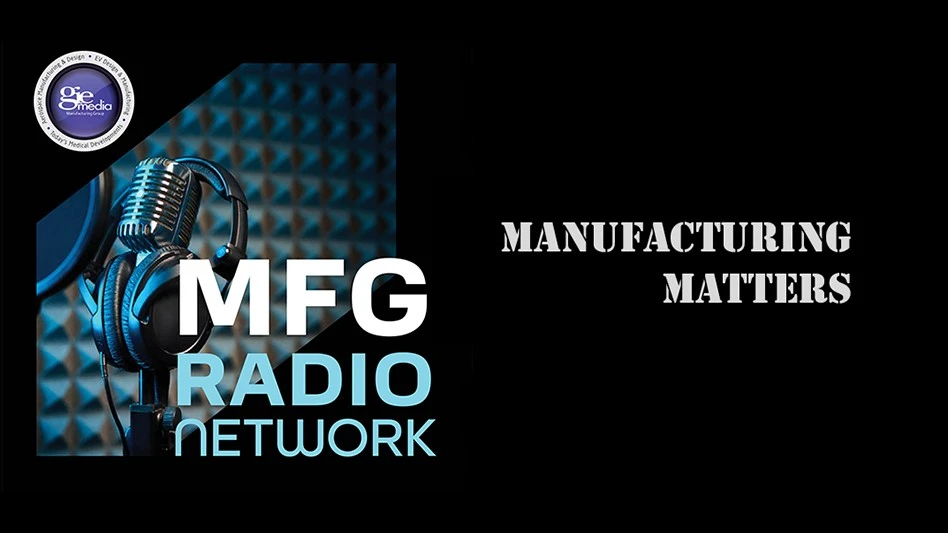
On Nov. 23, 2020, two things happened that will likely drive electric vehicle (EV) adoption through 2024. The General Services Administration (GSA) began working with President-elect Joe Biden on his transition to the White House, and General Motors (GM) dropped out of a lawsuit supporting outgoing President Donald Trump’s efforts to weaken California’s regulatory powers.
Together, two major roadblocks to mandating EVs fell simultaneously. Biden promised to transition transportation to electric drive from fossil fuels. While he’ll need support from Senate Republicans on many issues, regulatory power rests largely with executive agencies such as the U.S. Environmental Protection Agency (EPA). Former President Barack Obama tried to use executive authority to enshrine tougher standards by 2025, and Trump used the same power to roll back efforts.
Trump scrapped Obama’s entire program and directed the EPA to cancel a decades-old waiver allowing California to mandate tougher standards. Environmental groups and states that follow California’s rules – states that include more than half of the U.S. population – launched lawsuits. Ford and Honda sided with California’s tougher regulations. GM and Toyota sided with Trump.
Either because of Biden’s election or because it’s gotten serious about EV production (see cover story, pg. 21), GM reversed course, dropping its challenges and saying it will work with Golden State regulators.

Presidents always bring uncertainty when they enter office, and many in Washington and nationwide are waiting to see Biden’s plans. For automakers and suppliers, though, the change clearly favors battery-powered transportation.

Explore the November December 2020 Issue
Check out more from this issue and find your next story to read.
Latest from EV Design & Manufacturing
- EVident Battery closes $3.2 million seed funding round
- Walter introduces milling grade for increased tool life
- Drive Electric Earth Month kicks off across the US
- Coated carbide grades designed for turning titanium alloys
- #41 Lunch + Learn Podcast - SMW Autoblok
- Partnership to accelerate industrialization of immersion-cooled battery systems
- Phoenix Fluid Power to showcase e-mobility technology at Battery Show
- Porsche aims to recover valuable raw materials with battery recycling pilot project








